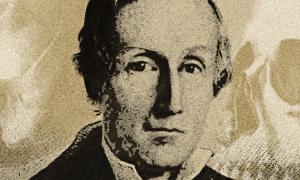It’s that time of year again—when former students come into my classroom to vent about the college application process. I’ve already written more letters of recommendation than I can count this year. Now, it’s just a waiting game. My students are not good at waiting, especially when the outcome is out of their control. Not knowing whether they will be accepted to their schools of choice is excruciating.
